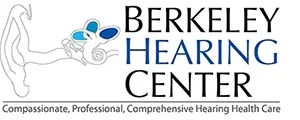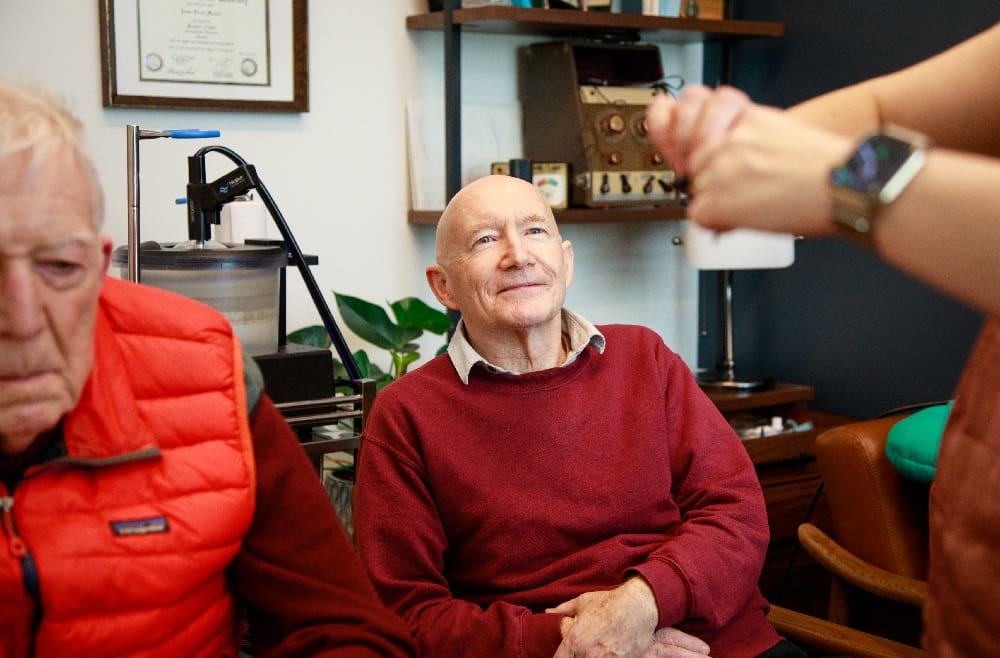2023-08-27
Jonathan Lipschutz Audiologist, M.S., F-AAA, Co-Owner
As I’ve done one other time, I’m going to tell you about a specific case. Our part in this tale wasn’t earth shattering. We didn’t save someone’s life by discovering some issue. We just helped an incredibly sweet person quickly move forward to address a significant medical problem. But I’m getting ahead of myself here.
You know the old saying, ‘If it walks like a duck and talks like a duck, it’s probably a duck’? Well, this is one of those rare instances where it wasn’t a ‘duck’.
We’ve been caring for ‘Bob’ since 2017, when his beloved dog got hold of one of his hearing aids. Happily, it was an easy fix (changing out the speaker), and he was off and running. Those hearing aids had been dispensed at a different practice, but he wasn’t getting good results. I recommended getting a new hearing test so that we could make adjustments based on how he’s hearing now.
I have to get a little technical for a second. Hearing loss is categorized one of three ways: 'nerve'-damage to the inner ear/nerve, 'conductive' - an issue ‘conducting’ the sound to the nerve (ie hole in the eardrum, fluid behind the eardrum, ear wax occluding the ear canal, to name a few) or a combination of both (‘mixed hearing loss’).
He presented with a mixed hearing loss bilaterally, with the right ear having more ‘conductive’ loss. I performed a test, called a tympanogram, which evaluates movement of the eardrum and the general function of the ‘middle-ear’. The tympanogram on the left was within normal limits, even with the conductive component to the loss, which is not uncommon. The tympanogram on the right was ‘flat’, which is typically interpreted as having fluid behind the drum (‘middle-ear’ effusion). Prior to beginning my relationship with Bob, he had been evaluated audiologically and by an ear, nose & throat doctor (ENT). Even after he started working with me, he was routinely seen by ENTs. The diagnosis kept coming back as eustachian tube dysfunction, the ‘duck’. For what it’s worth, his hearing hadn’t even changed from when I first tested him back in 2018.
Fast forward to this year. Bob was recently seen by a new ENT who decided to dig a little deeper, maybe suspecting something based on other symptoms/complaints. This ENT sent a sample of fluid taken from Bob’s middle-ear to the Mayo Clinic. Lo and behold, it came back positive for cerebral spinal fluid (CSF)!! Turns out Bob has what’s known as a spontaneous dehiscence of the tegmen of the temporal bone with meningoencephalocele (SME). In lay terms, he’s got a hole in his skull that is leaking CSF into his middle-ear! G-d bless this ENT! If left untreated, it could’ve led to an infection/abscess of his brain, which (needless to say) you really want to avoid.
Bob called, asking if he could get in quickly for a hearing test before a surgical consultation with a neurosurgeon at Stanford.
We were more than happy to accommodate him to get his test done quickly. While the prospect of brain surgery is scary, true to form, he’s got a great attitude to it all and his prognosis is good!
What’s the ‘moral’ of this tale? Seek out caregivers who’ll dig a little deeper, go the extra mile. People who care. Oh, and sometimes, it’s not a duck…
Please continue to love your community by getting vaccinated/boosted & masking up where and when appropriate. And please always support our local businesses.
https://berkeleyhearing.com/wp-content/uploads/2024/11/Discover-the-importance-of-attentive-thorough-hearing-care-and-why-finding-a-provider-who-looks-deeper-can-make-all-the-difference.jpg
Jonathan Lipschutz Audiologist, M.S., F-AAA, Co-Owner






